When it comes to plumbing and piping systems. selecting the right pipe fittings is absolutely crucial. Pipe fittings hold a pivotal position in plumbing and piping systems. They are vital components that link and join pipes, ensuring the smooth flow of fluids, gases or solids. Furthermore, they are tasked with maintaining the structural integrity of the system, preventing leaks, and facilitating easy maintenance and repairs. Whether your project is on a residential scale or involves a large-scale industrial installation, the performance and longevity of your system hinge greatly on the quality and appropriateness of the fittings you select. In this comprehensive buyer's guide, we will delve into the key factors to take into account when choosing pipe fittings.
1. Material
One of your initial decisions must revolve around the material of the pipe fittings. Some common materials to contemplate include:
Stainless steel: Renowned for its exceptional corrosion resistance and durability, stainless steel fittings are versatile and suitable for various applications, encompassing water, gas, and chemicals.
Brass: Brass fittings are a favored choice for water and gas systems due to their corrosion resistance and ease of machining.
Pvc: Pvc fittings, known for their lightweight nature and corrosion resistance, prove excellent for water and wastewater systems.
Copper: Copper fittings have a significant presence in plumbing systems thanks to their heat resistance and long-term reliability.
Carbon steel: Sturdy and capable of handling high-pressure scenarios, carbon steel fittings are often employed in industrial settings.
The material you opt for should align seamlessly with your project's specific requirements and the type of fluid or gas your system will convey.
2. Type of Fittings
Pipe fittings present a variety of types, each designed with specific purposes in mind. The most prevalent types include:
Elbows: Used to alter the direction of pipe runs.
Tees: Craft a 90-degree branch connection.
Reducers: Employed to connect pipes of varying sizes.
Couplings: Unite two pipes together securely.
Adapters: Facilitate connections between pipes with different end types, such as threaded or socket weld.
Nipples: Short pipe segments designed for extending a fitting or connecting two other fittings.
Flanges: Enable easy assembly and disassembly of pipes.
The type of fitting that suits your needs hinges on the layout and requisites of your piping system.
3. Size and Dimensions
Ensuring a harmonious match between the size and dimensions of the fittings and the pipes they will link is absolutely vital. Fittings are available in a spectrum of sizes, typically measured in inches or millimeters. Incorrect sizing can lead to undesirable consequences such as leaks, pressure drops or flow restrictions.
4. Pressure and Temperature Ratings
Always take into account the pressure and temperature conditions your pipe fittings will be exposed to. It's imperative that the fittings you select have the capacity to withstand the maximum pressure and temperature levels within your system, thereby averting any potential failures or safety hazards.
5. Compliance with Standards
To warrant the quality and reliability of your chosen pipe fittings, seek out products that adhere to industry standards and possess relevant certifications. Manufacturers who uphold established standards are more likely to produce fittings that are dependable and safe.
Besides, selecting reputable manufacturers and suppliers is tantamount to choosing the right fittings. Here are some valuable tips to assist you in identifying trustworthy sources:
1. Research and Reviews
Commence your journey by conducting thorough research on pipe fittings manufacturers and suppliers. Delve into online reviews, testimonials and case studies from past customers. This will furnish you with valuable insights into their reputation and the quality of their products.
2. Industry Experience
Scrutinize the track record of the manufacturer or supplier within the industry. Companies with a lengthy history of producing high-quality fittings are more likely to deliver reliable products.
3. Product Range
Opt for a manufacturer or supplier who offers a wide-ranging selection of pipe fittings. This ensures that you can find fittings tailored to your precise needs without any compromise on quality.
4. Certifications and Standards
Ensure that the manufacturer adheres steadfastly to industry standards and possesses pertinent certifications. For instance, ISO certifications underscore a commitment to quality control and consistency.
5. Customer Support
Exceptional customer support is indispensable. particularly when you encounter challenges or have inquiries concerning the products. Ascertain that the manufacturer or supplier extends responsive and helpful customer service.
When it comes to choosing the right pipe fittings for your project, meticulous attention to detail is paramount. The material, type, size, pressure, and temperature ratings, as well as compliance with industry standards, all contribute to the success of your plumbing or piping system. Moreover, selecting trustworthy pipe fittings manufacturers and suppliers is a crucial step in this process.











.jpg)

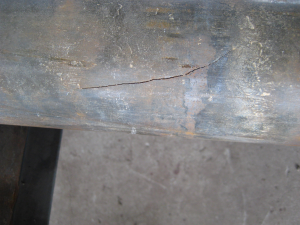
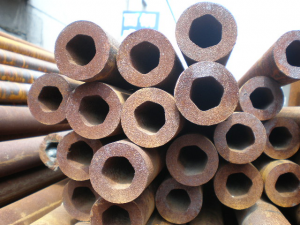
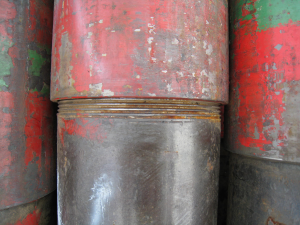
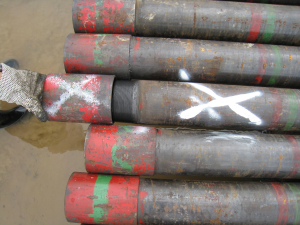
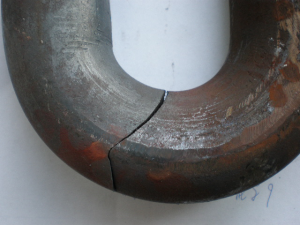
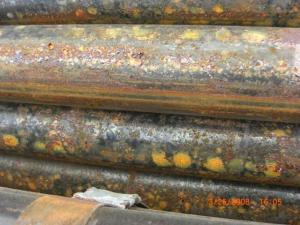





.jpg)



